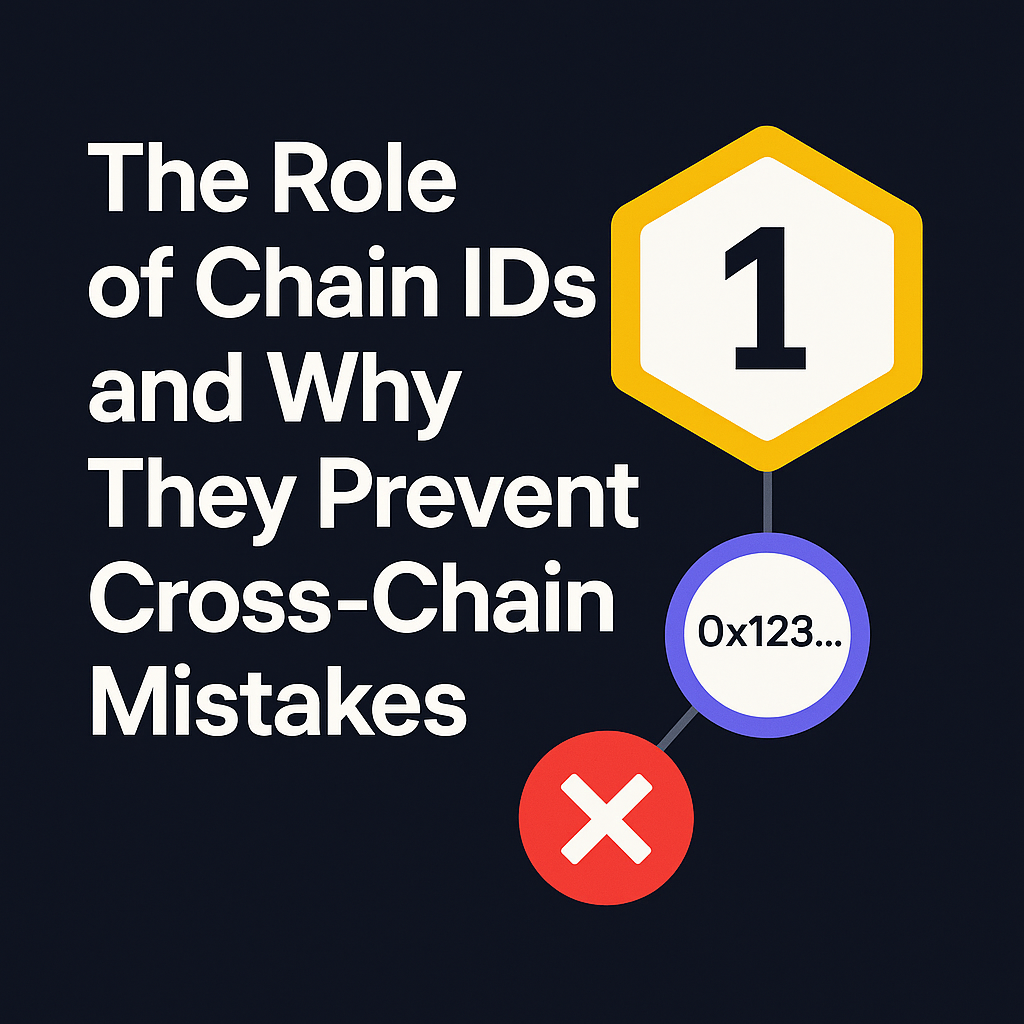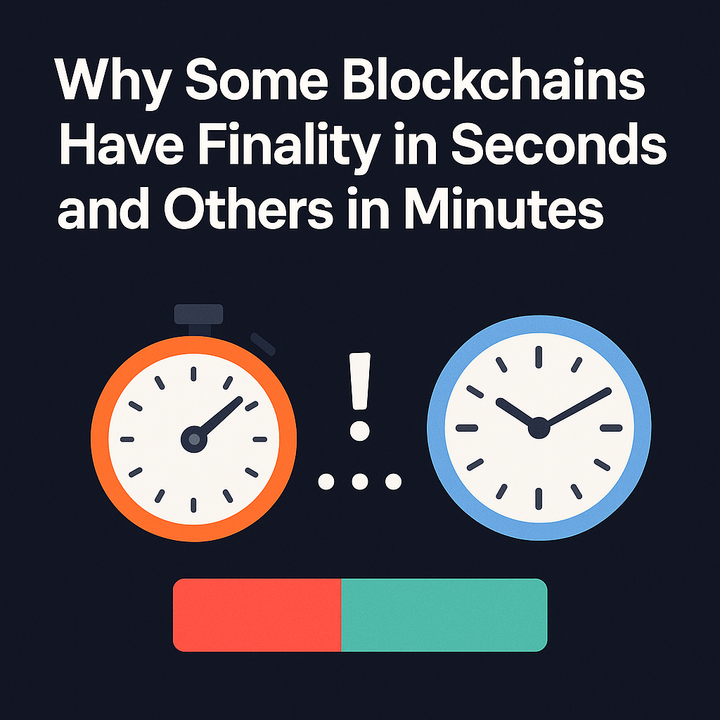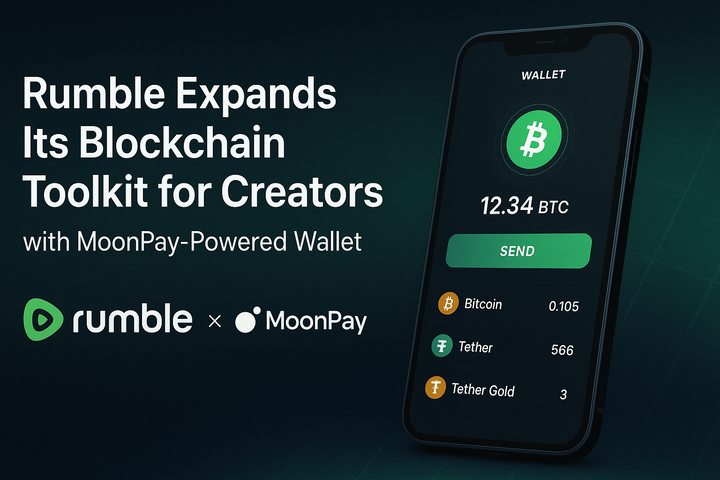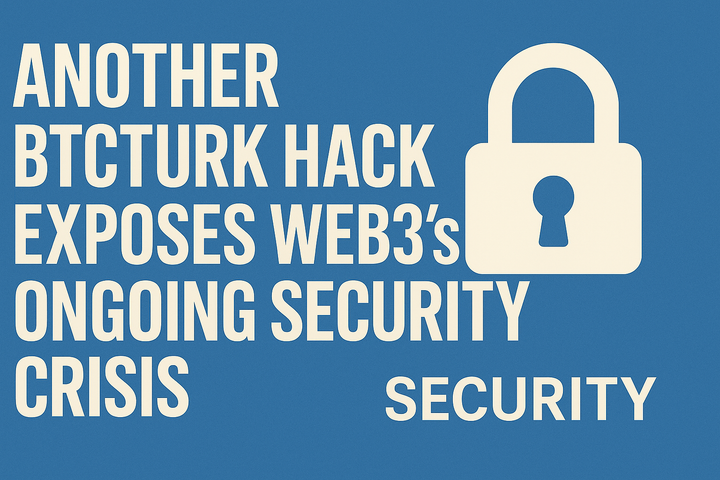The Role of Chain IDs and Why They Prevent Cross-Chain Mistakes

Here’s a weird fact:
Your Ethereum address (0x123…) is the same on many EVM-compatible blockchains like Ethereum, Polygon, BNB Chain, and Arbitrum.
That means if you just copy-paste addresses, you could accidentally try sending crypto across the wrong chain.
So why doesn’t everything break?
This is where Chain IDs come in.
What Is a Chain ID?
A Chain ID is a unique number that identifies each blockchain network.
Think of it like a country code for phone numbers.
Examples:
Even though addresses may look the same, the Chain ID makes sure your transaction stays on the right chain.
How Chain IDs Work in Transactions
When you send a transaction:
- Your wallet signs it with your private key.
- The transaction includes the Chain ID of the intended network.
- Validators on that chain verify the ID.
If the Chain ID doesn’t match, the transaction is invalid and rejected.
This prevents “replay attacks” — where the same signed transaction could otherwise be copied and re-submitted on a different chain.
Preventing Cross-Chain Mistakes
Imagine you want to send ETH:
- If you’re on Ethereum (Chain ID 1), the transaction will only go through there.
- If you switch to Polygon (Chain ID 137) in your wallet, the same address is valid — but the network is different.
The Chain ID makes sure your ETH transaction can’t accidentally land on Polygon, and vice versa.
This avoids people losing funds when chains look similar.
Real-World Analogy
Think of sending mail:
- Address = Street and house number (wallet address)
- Country code = Chain ID
- Without the country code, your letter could go to the wrong country with the same street name.
Chain IDs are the safeguard that make sure your crypto mail reaches the right “country.”
The Risks Still Left
- If you manually bridge or send tokens to the wrong chain’s contract address, funds may still get stuck.
- Chain IDs prevent mistaken cross-submission of transactions, but they can’t stop human error with bridges or exchanges.
Conclusion
Chain IDs are the unsung safety feature of blockchains:
- They prevent transactions from being replayed on the wrong chain.
- They ensure your signed message only works where it’s supposed to.
- They keep EVM chains separate, even when addresses look the same.
Without Chain IDs, crypto would be a mess of misdirected transactions.
With them, every blockchain has its own unique “postal code” for security.
For More Info related to Mitosis please follow official links below
Mitosis Website : https://mitosis.org/
Mitosis Expedition : https://expedition.mitosis.org/
Mitosis Docs : https://docs.mitosis.org



Comments ()